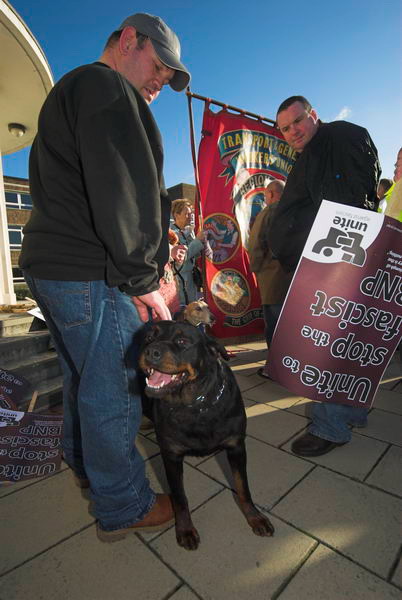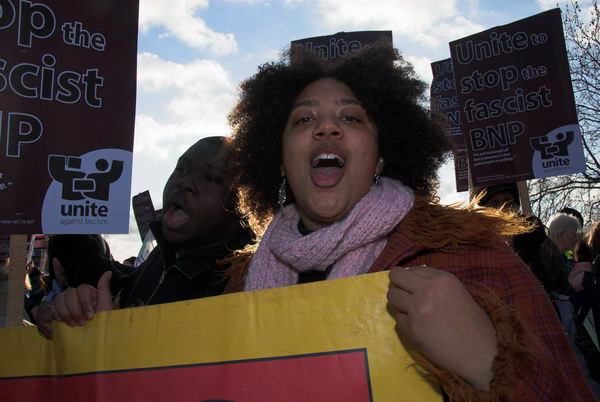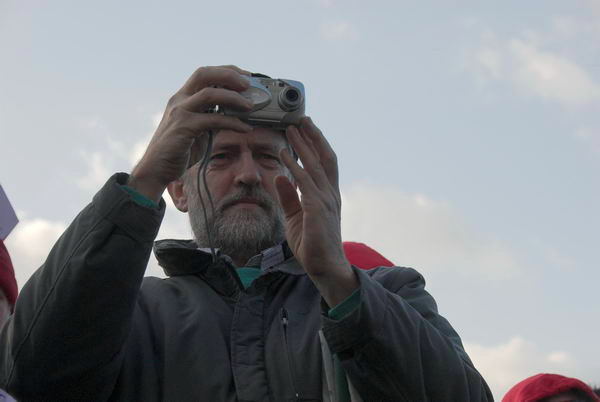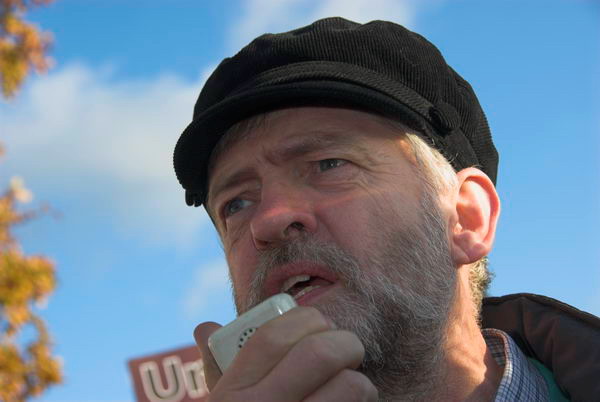I perhaps need an eye test, as when I was captioning this picture to go onto Flickr I called it ‘Four Eyes’, a term of abuse for schoolboy spectacle wearers. But perhaps I was referring to the door at left which has very much a face on it with the two circular panels and a letter box and a know for the nose, panels of facial hair on each side and a lower letter box for a mouth, along with the cut-off face of a man walking into the picture at extreme left.
Or perhaps I just thought ‘Four Eyes’ was a better name for an opticians rather than the prosaic ‘For Eyes’. The shop at 136 Sloane St is long gone, though the building remains and this is now a part of a wider shopfront.
The term ‘corner shop’ conjures up something far to plebian for this location, though this is one of a pair of them on the junction of Cadogan St and Halsey St. One is now an Estate Agents and this one an office for a company advising wealthy clients on their investments.
Cadogan Gardens, originally Leete St, a part of the Cadogan Estate was rebuilt in 1887 in a Queen Anne Rivival style. No 20 apparently dates from 1891 and was built by Henry John Wright who also built some other houses on Lord Cadogan’s estate. The previously rather poor area was one of speculative building for the growing upper middle classes who often had large families – there were no reliable or widely used methods of contraception and women who survived childbirth continued to produce children until menopause. The house was converted into flats in the 1950s.
Donne Place is a “mews Style cul-de-sac with pedestrian through road”, off Draycott Avenue in the Royal Borough of Kensington and Chelsea. The houses were built in the mid 19th century in what was then a poor area and the street was then known as Caroline Place. Other streets in the area have also changed names and when built it was a street off what had been Blacklands Lane, was then Marlborough Road and is now Draycott Avenue. Although sometimes described by estate agents as a mews, the forty or so houses were built as small family homes around the middle of the nineteenth century, along with other similar streets in the area. At the end of the street is the large block of Marlborough Buildings, two large blocks opened in 1890 by the Improved Industrial Dwellings Company to house 500 people.
A high-explosive bomb destroyed some of the area in 1940-41, and some properties and I think part or all of this one, at the corner with Bulls Gardens, a slightly earlier development, is probably one of these. Many of those in the street have been extensively rebuilt behind their facades (and in some cases below ground) in more recent years. Houses built as simple dwellings for the better-off working classes now sell for £2-3million.
I think this building was probably at 163 Draycott Avenue, and though still standing, its frontage has been altered beyound recognition, with no trace of their the Draycott Gallery, Manguette or the subterranean L’escapade.
10 Milner Street still looks much the same apart from a coat of paint and a new front door, and is still next to the entrance to St Catherine’s Mews, now with a less attractive gate that no longer matches the balcony. The shop at right is still an estate agent, but has changed from Lloyds to Stanley.
The house, often known as Stanley House, is Grade II listed as a substantial early mid-19th century house. It was built in 1855 by “Chelsea speculator John Dodd” as his Chelsea Home according to Wikipedia and the many web sites who have copied this information. I think this may be John Todd (1817-1897), the son of George Todd & Ann Beecroft of Durham who were married in 1815 at Bishop Wearmouth, Durham, England and is said to have moved to Middlesex where he became an builder and became rather rich.
And these are the doors no longer present on 10 Milner St. The house became the home of famous horologist Courtenay Ilbert and housed his collection of clocks, watches, marine chronometers and sundials. His nephew, Michael Inchbald lived with him from 1945 and after his death refurbished the interiors in a manner that established his reputation as an interior designer. Inchbald’s then wife Jacqueline Ann Duncan founded the Inchbald School of Design, the first interior design school in Europe, in their family home in 1960. (Thanks again Wikipedia and their link to Christies.) It is still going strong but now at 7 Eaton Gate, where somewhere inside they possibly still have these doors.
All photographs on this and my other sites, unless otherwise stated, are taken by and copyright of Peter Marshall, and are available for reproduction or can be bought as prints.











































































